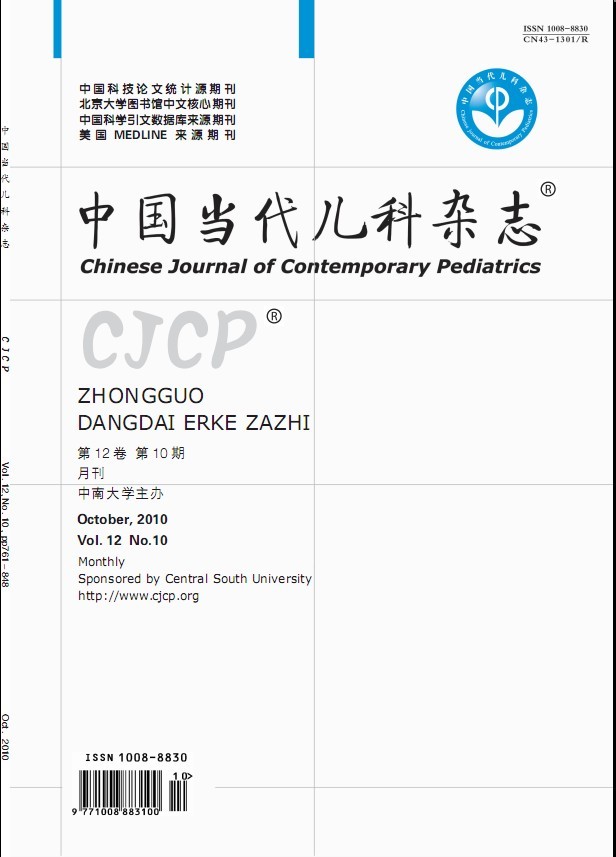● CLINICAL RESEARCH
CAO Xiang, QIAN Xin-Hua, LUO Ying, HUANG Wei-Min
2010, 12(10): 777-780.
OBJECTIVE: The aim of this study was to identify the risk factors for adverse neonatal outcome in twins in order to provide a basis for the improvement of the survival and neonatal outcomes of twins. METHODS: Data from 254 twins admitted to Nanfang Hospital of Southern Medical University From January 2005 to December 2009 were retrospectively studied. Risk factors for adverse neonatal outcomes were assessed by logistic regression analysis. RESULTS: Of the 254 twins, 84 (33.1%) had an adverse outcome, including 10 (3.9%) neonatal deaths. Logistic regression analysis demonstrated that gestational age (≤34 weeks), cord abnormalities, meconium-stained amniotic fluid and 5-min Apgar scores (≤7) were independent risk factors for adverse neonatal outcomes (OR=4.434, 4.731, 3.424, 18.958, respectively; P=0.021, 0.001, 0.037, 0.011, respectively). Conception by assisted reproductive technology was shown as a protective factor for adverse neonatal outcomes (OR=0.389, P=0.037). CONCLUSIONS: The twins with gestational age ≤34 weeks, cord abnormalities, meconium-stained amniotic fluid or 5-min Apgar scores (≤7) are subject to adverse neonatal outcome.[Chin J Contemp Pediatr, 2010, 12 (10):777-780]
